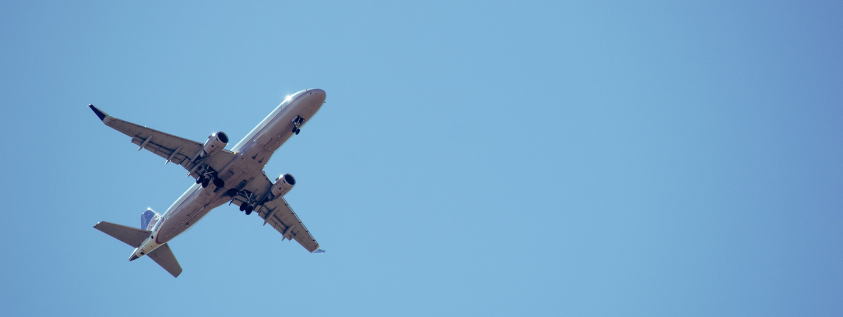As aviation became increasingly important as a means of transporting goods and passengers, the industry’s operations had to be legally regulated. One of the regulations that has had the greatest impact on aviation is the regulation of airspace.
What is airspace?
Airspace is that part of the atmosphere regulated by a particular State. Airspace comprises both the atmospheric surface over water and over land.
Airspace classes
Depending on the movement of aircraft, their purpose and the level of safety required, airspaces are classified as: Controlled, uncontrolled or special use airspace.
The regulatory body for airspace is the ICAO. The classification made by the International Civil Aviation Organization determines that each zone has a letter from A to G. In this classification, A is the most controlled airspace, while F and G represent the least controlled airspace.
We will now take a look at what the different classifications consist of:
Class A
As mentioned above, this class is the most restrictive. Only instrument flights (IFR) can fly in this zone. This means that visual flights (VFR) cannot operate in the zone.
Class B
Class B encompasses the airspace in which both IFR and VFR flights are allowed. All other characteristics are common with Class A airspace.
Class C
As in the previous category, this airspace allows both instrument and visual flights. The difference in this case is that IFR and VFR flights are separated from each other and VFR flights are the only ones that receive information about other traffic.
In this category, instrument flights have no speed restrictions, but visual flights must not exceed 250 knots up to 10,000 feet.
Class D
In Class D, both instrument and visual flights can fly. In this case, IFR flights are separated from other instrument traffic and receive information on visual flights, while VFR flights receive information on both instrument and visual flights.
From this class, all flights are restricted to a maximum speed of 250 knots until 10,000 feet is reached.
Class E
In this category, both instrument and visual flights are allowed. In this case, but only instrument flights are subject to control, in addition to being separated from other instrument traffic.
Class F
In this category begin the uncontrolled spaces. In this space all types of flight are allowed and, in addition, they are not controlled.
Class G
It is the most free space that exists, there is no control or separation for any type of flight. Class G is what we know as the free-flight layer, where airplanes, ultralights, drones and model airplanes can fly.
In summary, understanding the different classes of airspace is critical for pilots, air traffic controllers and air traffic regulators. Knowing the limitations and restrictions of each class of airspace is essential to ensure flight safety and air traffic control effectiveness. In addition, the responsible use of airspace contributes to the protection of the environment and the sustainability of air transport in the future.
